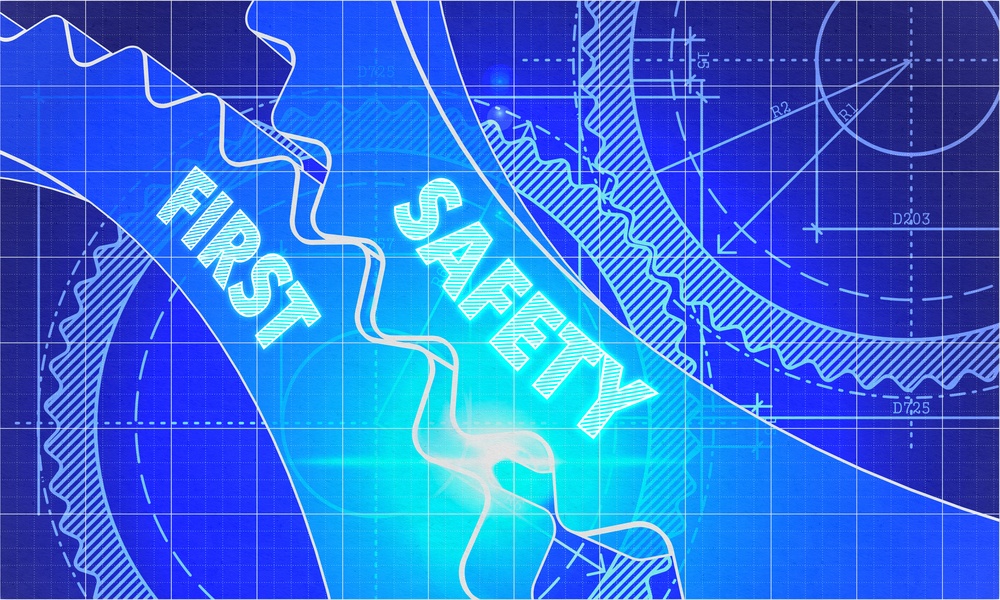Dangerous driving is not only a legal offence, but also constitutes a menace for your fleet safety, for every road user and ultimately… an extra source of cost as it wastes fuel and creates additional wear and tear. Harsh braking, rapid acceleration and speeding are patterns of dangerous driving that necessarily have to be monitored if you want to make safety a priority and have an efficient fleet.
If you are a little reluctant to make an issue out of the “lead foot syndrome” and change the driving habits of your fleet, we can highlight a number of very good reasons why you should change your mind… and with all the details!

#1 - Keep calm and drive safely
Dangerous driving is also referred to as aggressive driving—the “lead foot” habit is often associated with road rage. Road rage can also be a symptom of tiredness or stress, so it is better to handle the situation with your drivers; making sure they take necessary rest times, and so on, if you detect any of these patterns.
#2 - Don’t take risks
If you practice dangerous driving, the risk of collisions and breakdowns increases. Remind your team to always respect safety distances, to adapt their driving style to the weather conditions and to respect speed limits.
#3 - Eliminate fines
If you are able to detect and correct dangerous driving styles within your fleet you will virtually eliminate the possibility of incurring expensive fines—thus eradicating another source of cost.
#4 - Cut on fuel costs
Speeding, harsh braking, rapid acceleration are all increasing your fuel consumption. Make sure your staff adopts a smoother driving style which minimises sharp changes; you will definitely see the difference in your global fuel consumption.
#5 - Be green
The quantity of emissions into the atmosphere is, again, connected with driving style: if you get rid of any aggressive driving patterns, the planet will thank you.
#6 - Wear and tear
Tyres, brakes and other parts will suffer less damage if you treat them better… so don’t push that foot so hard and you won’t stress your vehicles.
We hope you now realise how important it is to monitor driver behaviour to improve upon the activity of your fleet. SynX gives you the opportunity to do just this—let us know if you need our help!



